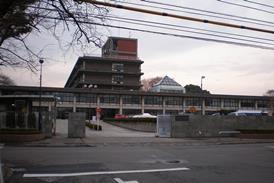Close menu
- Home
-
News
- Back to parent navigation item
- News
- Traction and rolling stock
- Passenger
- High speed
- Freight
- Infrastructure
- Policy
- Technology
- Ticketing
- Business
- Research, training and skills
- Accessibility and inclusion
- People
- Urban rail news
- Suburban and commuter rail
- Metro
- Light rail and tram
- Monorail and peoplemover
- Regions
- InnoTrans
- In depth
- Events
- Data
- Maps
- Tenders & Jobs
- Sponsored content
- Insights
Interview: Innovating in the complex railway system
By Reinhard Christeller 2024-09-24T05:00:00

Whereas innovation in railways was once about the search for higher speeds or energy efficiency, Prof Peter Veit believes that the primary focus is now shifting to a whole‑system understanding. It will also be necessary to optimise infrastructure maintenance methods to accommodate rising demand, he explains to Reinhard Christeller.
Already have an account? LOG IN














